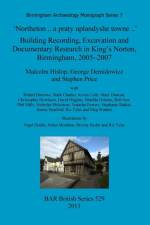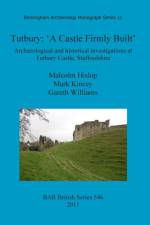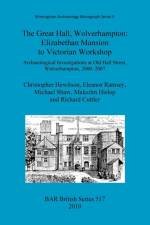- Archaeological and historical investigations at Tutbury Castle, Staffordshire
von Gareth Williams, Malcolm Hislop & Mark Kincey
173,00 €
Archaeological and historical investigations at Tutbury Castle, StaffordshireBirmingham Archaeology Monograph Series 11A report on the archaeological and historical investigations undertaken at Tutbury Castle, Staffordshire. The town of Tutbury is situated on the eastern border of Staffordshire in central England some 15km south west of Derby and 6.5km north west of Burton upon Trent. Around 1068-69 the Normans founded a motte and bailey castle on a tactically advantageous bluff above the town with the strategic purpose of controlling important north-south and east-west routes of communication. Attacks on the castle in the 12th, 13th and 14th centuries may be cited as evidence of a continuing military significance down to 1322, when, as one of Thomas earl of Lancaster's castles, it was sacked by the forces of Edward II. As part of the duchy of Lancaster estate it became a royal property from 1399 and was extensively rebuilt during the 15th century; it is this late medieval phase that plays the most significant part in defining the architectural character of the castle today. The Civil War revived interest in the strategic and tactical advantages of the site, and ultimately led to the castle's destruction, although an afterlife ensued in the 18th century as a farm and romantic ruin.With contributions by David Barker, Emma Collins, Matthew Edgeworth, Jon Goodwin, Emily Hamilton, Christopher Hewitson, David Higgins, Matilda Holmes, Richard Kelleher, Alex Lang, Rosalind McKenna, Philip Mann, Helen Martin-Bacon, Stephanie Rátkai and David SmithIllustrations by Nigel Dodds, Helen Moulden, and Bryony Ryder



